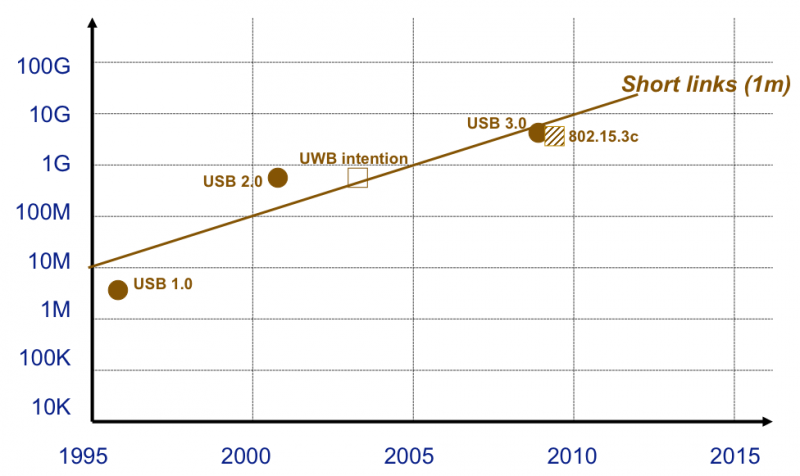D2-Short Range Systems
From its-wiki.no
| Wiki for ITS | ||||||
|---|---|---|---|---|---|---|
|
Contents
⌘ Short range communication
Short range communication systems covers both industrial and end-customer applications, and is often used for sensor communications. The majority of systems follow the 802.15.3 standard for the physical layer, but have adopted the MAC and the application layers to their requirements.
Presentations from earlier years
Wireless HART, ++ISO100
- Media:HART_ISO100.pdf (by Johan Tresvig)
- Book: WirelessHART - Applying wireless technology in real-time industrial process control
- Media:A Comparison of WirelessHART and ZigBee for Industrial Applications.pdf
- Media:A Location-determination Application in WirelessHART.pdf
- Media:Comparison of Industrial WSN Standards.pdf
- Media:WirelessHART - Applying wireless technology in real-time industrial process control.pdf
see also earlier lecture WiMAX_and_WirelessHART
- Wireless HART Overview: Media:HART_overview.pdf
⌘ USB speed
[Presentation G. Fettweis, IEEE VTC forum Baltimore], http://www.ieeevtc.org/plenaries/vtc2007fall/28.pdf
⌘ Wireless follows wired in speed
| |
ANT |
Bluetooth (v1.x, v2.x --> 3.x) |
Bluetooth low power |
ZigBee |
|---|---|---|---|---|
| Frequency |
2.4 GHz |
2.4 GHz |
2.4 GHz |
2.4 GHz, 915 MHz, 868 MHz |
| Modulation |
GFSK |
GFSK |
GFSK (almost GMSK) |
O-QPSK, BPSK, BPSK |
| RF Raw Data Rate |
1 Mbps | 1 Mbps, 3 Mbps |
1 Mbps |
250 Kbps, 40 Kbps, 20 Kbps |
| Application Throughput | 20 Kbps | 0.7 Kbps, 2.1 Kbps | 305 Kbps | 10-115.2 Kbps |
| Max Range | 30 m | 100 m | 50 m | 100 m |
| Frequency Channels |
125 |
79 |
40 |
16, 10, 1 |
| Supported Network Types |
Star, Peer-to-Peer |
Peer-to-Peer, scatternet |
Star, Peer-to-Peer |
Star, Peer-to-Peer |
References
by Thomas Aasebø:
- Concurrent operation of Bluetooth low energy and ANT wireless protocols with an embedded controller
- ZigBee and Bluetooth strengths and weaknesses for industrial applications
- Wireless sensor networks: A survey on the state of the art and the 802.15.4 and ZigBee standards
- An ANT based Wireless Body Sensor Biofeedback Network for Medical E-Health Care
- An Overview of the Bluetooth Wireless Technology
- Overview and Evaluation of Bluetooth Low Energy: An Emerging Low-Power Wireless Technology
- Book: Low-Power Wireless Sensor Networks
- Book: Low-powerWireless Sensor Network Platforms
Test yourself, answer these questions
- What is WirelessHART?
- What radio technology is used (WirelessHART)?
- What network topologies are supported (WirelessHART)?
- What are the main parts of a WiHART network?
- How does channel hopping work?
